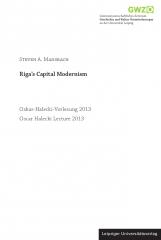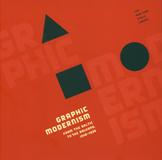Steven Mansbach
STEVEN MANSBACH, Professor of the History of Twentieth-century Art, focuses his research and teaching interests on the genesis and reception of "classical" modern art, roughly from the last quarter of the nineteenth century through the middle of the twentieth. With interests that encompass all of Europe, his specific area of scholarly publication is the art of Central and Eastern Europe from the Baltic north to the Adriatic south. On this topic he has published numerous books, articles, exhibition catalogues, and essays including Advancing a Different Modernism (2018), Riga's Capital Modernism (2013), Graphic Modernism (2007), Modern Art in Eastern Europe: From the Baltic to the Balkans ca. 1890 to 1939 (1999), and Standing in the Tempest: Painters of the Hungarian Avant-Garde, among numerous others. He has also taught this subject as a professor in Germany, Poland, Hungary, and South Africa, as well as at several American universities. In addition to holding fellowships and university professorships in the United States, Europe, and Africa, he served almost a decade as associate dean of the Center for Advanced Study in the Visual Arts at Washington's National Gallery of Art and as the founding dean and director of the American Academy in Berlin.
Publications
Advancing A Different Modernism
This book promotes a nuanced and critical consideration of how architecture was creatively employed to advance radically new forms and methods, while simultaneously consolidating an essentially conservative nationalist self-image.
Author/Lead: Steven MansbachRiga's Capital Modernism
This book demonstrates that from the Fin-de-siècle to the beginning of World War I the region From the Baltic to Balkans constituted a coherent and interactive art-historical meso-region characterized by specific national art traditions and innovations.
Author/Lead: Steven Mansbach
Graphic Modernism from the Baltic to the Balkans, 1910-1930
A companion volume to a New York Public Library exhibition of eastern and southeastern European materials.
Author/Lead: Steven Mansbach
Read More about Graphic Modernism from the Baltic to the Balkans, 1910-1930
Konok
Catalogue accompanying the retrospective exhibition by Tamás Konok.
Author/Lead: Steven MansbachNon-ARHU Contributor(s): Peter Baum, László Beke, Tamás Konok
Modern Art in Eastern Europe, From the Baltic to the Balkans, ca. 1890-1939
This pioneering and award-winning study provides the world with the first coherent narrative of Eastern European contributions to the modern art movement.
Author/Lead: Steven Mansbach
Read More about Modern Art in Eastern Europe, From the Baltic to the Balkans, ca. 1890-1939


